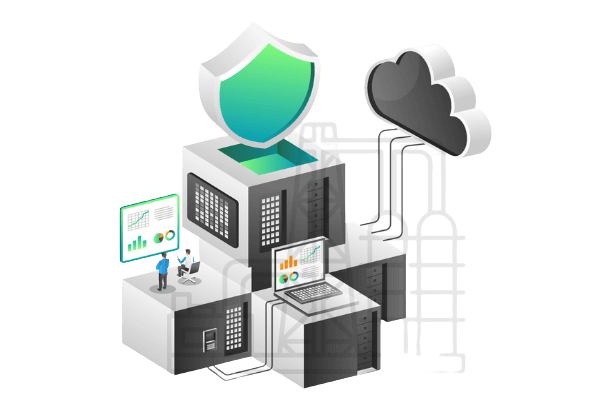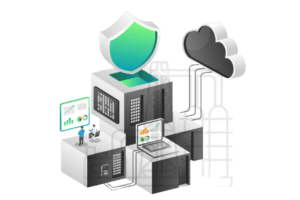Cloud Computing is a concept that has been around since the 1960s. It’s the idea of computing as a service that people could rent or pay for. Back in those days, companies would pay for time on a mainframe so that they didn’t have to buy one themselves.
However, that all changed when computers became cost-effective enough to buy. In the early 2000s, people had their computers and cloud computing became a new concept for an individual or small business’s life.
If you think about Gmail, Netflix, or even Pandora you can understand what cloud computing is to a person’s personal life. However, companies use this remote ability to rent time with software a little differently, and the uptake has been slower.
Companies use online platforms with 21st-century technology to outsource the need for IT groups, servers, and more. This has to lead to a changing world with fewer personal servers and a changing landscape.
A Growing (& Changing) World
At the end of 2018, the cloud computing market ended the year with a record high. Spending in the last quarter grew by 46% to almost $23 billion. This growth took the year spending to $80 billion from the $55 billion spent the year before.
All this spending means that more companies are looking to outsource their needs which leads to good and bad issues. As more businesses look to outsource their IT team, IT and technology companies have to create new and designed software that allows for each companies unique needs.
This trend is most visible in small and medium-sized businesses. Many times these businesses lack the IT skilled labor to do things in-house. That means they must look to outsource all their IT needs. They must look for something agile, easy to manage, easy to deploy, and scalable.
Big Business Looks for Change Too
However, it’s not just small businesses that are embracing the cloud infrastructure. Global giants like Amazon, Google, and Microsoft have looked to the cloud to see how their business could be more agile as it grows.
They often have the same set of reasons to change as the smaller businesses, just on a larger scale. When businesses look to the cloud, they look for flexibility that allows for the business to scale up or down as well to side to side should new business opportunities come around.
Where is Outsourcing Going?
Traditionally, outsourcing has been based on a take-it-or-leave-it approach. Smaller companies had to look at the outsourcing packages and ask if it worked for them. If it didn’t, they often didn’t have the money or abilities to negotiate for something better. However, through vested outsourcing, they see a change.
Through vested outsourcing, all companies are winning. Each party sees this contract as a collaboration rather than a service that someone is paying for. While this requires longer-term cooperation than a contract or service, it allows for a more detailed and customized plan on each end.
2019 looks to be another year of growth for cloud computing. Data centers and IT teams will continue to shrink in businesses while the business will go towards outsourcing to save money and time. We will continue to see more vested outsourcing as well as traditional software-as-a-service as more companies need technology services. Only time will tell what will happen and how this industry will evolve.


